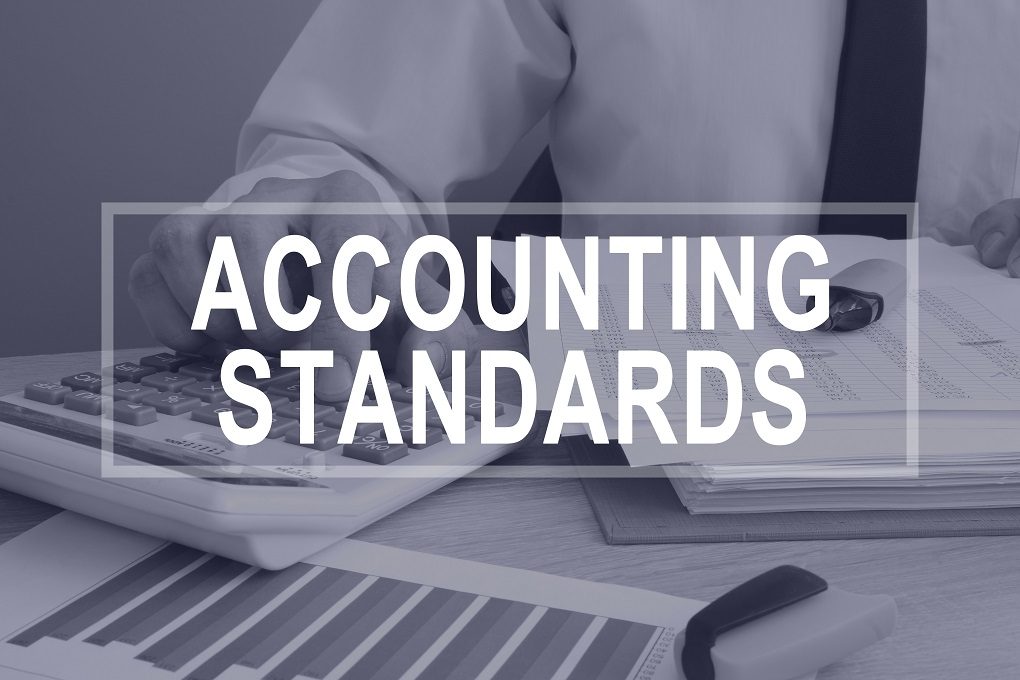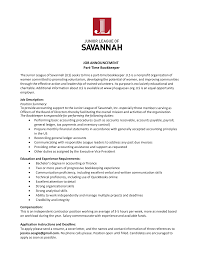
There are many ways to calculate your direct cost. For example, if you want to know how much it costs to produce a single unit, you can multiply the cost by the number of units you produce per month. You can also calculate the costs by quarter or yearly. To determine your direct costs, you can compare material and labor costs as well as other expenses. You can use this information, regardless of whether or not they are directly related.
Variable costs
Variable costs in a business firm include the cost for raw materials. These costs rise as expenditures and activity increase. These changes are not controlled by management. Variable cost in a production setting can include fuel costs, labor costs, perishable foods and utilities, as well wages. Below are some examples of the most prevalent variable costs. These costs can have an impact on the bottom line, regardless their origin.
Variable and fixed cost are distinct because the first is directly related the product being made. In contrast, indirect costs cannot be traced to a specific product or service. While direct costs are easier to predict, indirect costs are much more difficult. When indirect costs are associated with long-term agreements, they can be difficult or impossible to track. They can also vary depending upon the amount of production. By understanding the difference between direct and indirect costs, you can better plan your finances.
Fixed costs
Fixed costs are those items whose price remains fixed no matter the level of production. This type cost is also known by direct costs. These items do not depend on the quantity but are based on their source. One example is that a supervisor's pay might be directly tied to a particular project, but its dollar amount may not be fixed. Other items, such as materials used to produce a product, may have variable dollar amounts but are directly traced to the product.
Variable and fixed costs have a significant difference in their duration. Variable costs are subject to change, and can vary from month-to-month. Variable costs can reduce profit margins, resulting in either huge profits or dramatic losses. Fixed costs, on the other hand, remain constant regardless of the level of output. Fixed costs are also more sensitive to changes in output than variable ones.
The overall operation costs

Understanding costs associated with overall operations is critical to the viability of any business. Business profitability will drop as operating costs rise. A business can improve its financial health and profitability by controlling its operating expenses. The operating cost is generally anything that is not directly related or necessary to make or deliver a product/service. This includes rent, utilities, salaries and office supplies as well as travel expenses. Other items that fall within the operating category are depreciation and property taxes.
Fixed assets are the largest expense in overall operations. These include office and warehouse equipment, computers, delivery vehicles, store displays, and advertising. Fixed assets lose their value over time. Printing business cards, brochures and advertising on TV are all marketing expenses. Property taxes, which are based on the assessed worth of a building's value, are another significant expense. Transport and delivery costs are associated with inventory.
Costs that can be attributed to a particular cost objective
Direct costs in accounting and economics are directly related to an expense object. Some costs can be traced back in specific units and processes. Indirect costs, on the other hand, are expenses that are incurred in support of overall operations. Managers can understand the differences between indirect cost and direct cost to make well-informed decisions about the use of resources. Below are examples of both direct and indirect costs.

Direct is the first type. Direct costs can be linked to a specific cost goal. Direct costs can include labor, equipment, materials and any effort directly related to the construction process. Non-construction costs are a portion the operating expenses directly attributable a product or process. Direct costs include the salaries and materials necessary to complete a given project.
FAQ
Accounting is useful for small business owners.
Accounting is not only useful for big businesses. It is useful for small-business owners as it helps them track all the money that they spend and make.
You probably know how much money your business is making each month if you are a small-business owner. But what happens if you don’t have a professional accountant to help you with this? You might find yourself wondering where you are spending your money. It is possible to forget to pay your bills on a timely basis, which can negatively affect your credit rating.
Accounting software makes keeping track of your finances easy. There are many types of accounting software. Some are free and others can be purchased for hundreds or thousands of dollar.
No matter what type of accounting system, it is important to first understand the basics. You won't have to spend time learning how it works.
These three tasks are essential.
-
You can enter transactions into your accounting system.
-
Keep track of incomes and expenses.
-
Prepare reports.
These are the three essential steps to get your new accounting system up and running.
What does reconcile account mean?
A reconciliation is the comparison of two sets. The source set is called the “source,” while the reconciled set is called both.
The source includes actual figures. The reconciled shows the figure that should be used.
For example, if someone owes you $100, but you only receive $50, you would reconcile this by subtracting $50 from $100.
This process ensures that there aren't any errors in the accounting system.
What is the purpose of accounting?
Accounting gives an overview of financial performance. It measures, records, analyzes, analyses, and reports transactions between parties. It allows companies to make informed decisions about their financial position, such as how much capital they have, what income they expect to generate from operations, or whether they need additional capital.
Accountants record transactions in order to provide information about financial activities.
The organization can use the data to plan its future budget and business strategy.
It is vital that the data are reliable and accurate.
What is a Certified Public Accountant?
Certified public accountant (C.P.A.). An accountant with specialized knowledge is one who has been certified as a public accountant (C.P.A.). He/she has the ability to prepare tax returns, and assist businesses in making sound business decision.
He/She also tracks cash flow and makes sure that the company runs smoothly.
What is the difference between accounting and bookkeeping?
Accounting is the study of financial transactions. Bookkeeping records these transactions.
Both are connected, but they are distinct activities.
Accounting deals primarily using numbers, while bookskeeping deals primarily dealing with people.
To report on the financial health of an organization, bookkeepers must keep track of financial information.
They ensure that all the books are balanced by correcting entries for accounts payable, accounts receivable or payroll.
Accounting professionals examine financial statements to determine if they are in compliance with generally accepted accounting principles.
If they don't, they might suggest changes to GAAP.
Accounting professionals can use the financial transactions that bookkeepers have kept to analyze them.
Statistics
- The U.S. Bureau of Labor Statistics (BLS) projects an additional 96,000 positions for accountants and auditors between 2020 and 2030, representing job growth of 7%. (onlinemasters.ohio.edu)
- In fact, a TD Bank survey polled over 500 U.S. small business owners discovered that bookkeeping is their most hated, with the next most hated task falling a whopping 24% behind. (kpmgspark.com)
- Given that over 40% of people in this career field have earned a bachelor's degree, we're listing a bachelor's degree in accounting as step one so you can be competitive in the job market. (yourfreecareertest.com)
- a little over 40% of accountants have earned a bachelor's degree. (yourfreecareertest.com)
- According to the BLS, accounting and auditing professionals reported a 2020 median annual salary of $73,560, which is nearly double that of the national average earnings for all workers.1 (rasmussen.edu)
External Links
How To
How to do bookkeeping
There are many options for accounting software today. While some software is free and some cost money to purchase, many offer basic functions such as billing, invoicing, inventory management, payroll, point-of sale, financial reporting, and processing of payroll. The following list provides a brief description of some of the most common types of accounting packages.
Free Accounting Software: Most accounting software is free and available for personal use. It may have limited functionality (for example, you cannot create your own reports), but it is often very easy to learn how to use. Many free programs also allow you to download data directly into spreadsheets, making them useful if you want to analyze your business's numbers yourself.
Paid Accounting Software is for businesses with multiple employees. These accounts include powerful tools to manage employee records, track sales and expenses, generate reports, and automate processes. Although most paid programs require a minimum of one year to subscribe, there are many companies that offer subscriptions for as little as six months.
Cloud Accounting Software: With cloud accounting software, you can access your files online from any device using smartphones or tablets. This type of program has become increasingly popular because it saves you space on your computer hard drive, reduces clutter, and makes working remotely much easier. No additional software is required. All you need is a reliable Internet connection and a device capable of accessing cloud storage services.
Desktop Accounting Software is a version of cloud accounting software that runs on your local computer. Desktop software works in the same way as cloud software. It allows you to access files from any location, including via mobile devices. The only difference is that you will have to install the software first before you can access it.
Mobile Accounting Software - Mobile accounting software is specially designed for small devices such as smartphones and tablets. These programs allow you to manage finances from anywhere. These programs are typically less functional than full-fledged desktop software, but they can still be useful for people who travel frequently or need to run errands.
Online Accounting Software: Online accounting software is designed primarily for small businesses. It has all the features of a traditional desktop software package, but with a few additional bells and whistles. Online software doesn't need to be installed. All you have to do is log on and get started using it. Online software also offers the opportunity to save money as you can avoid local office fees.